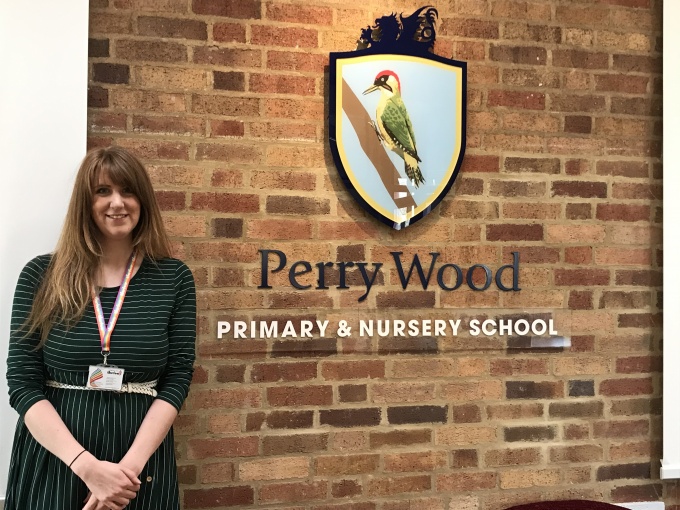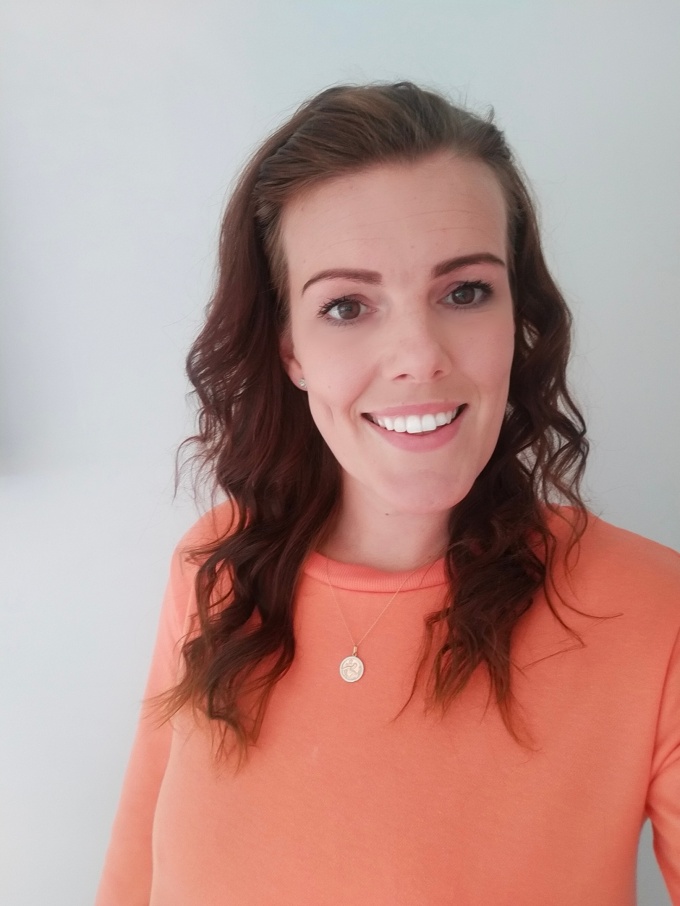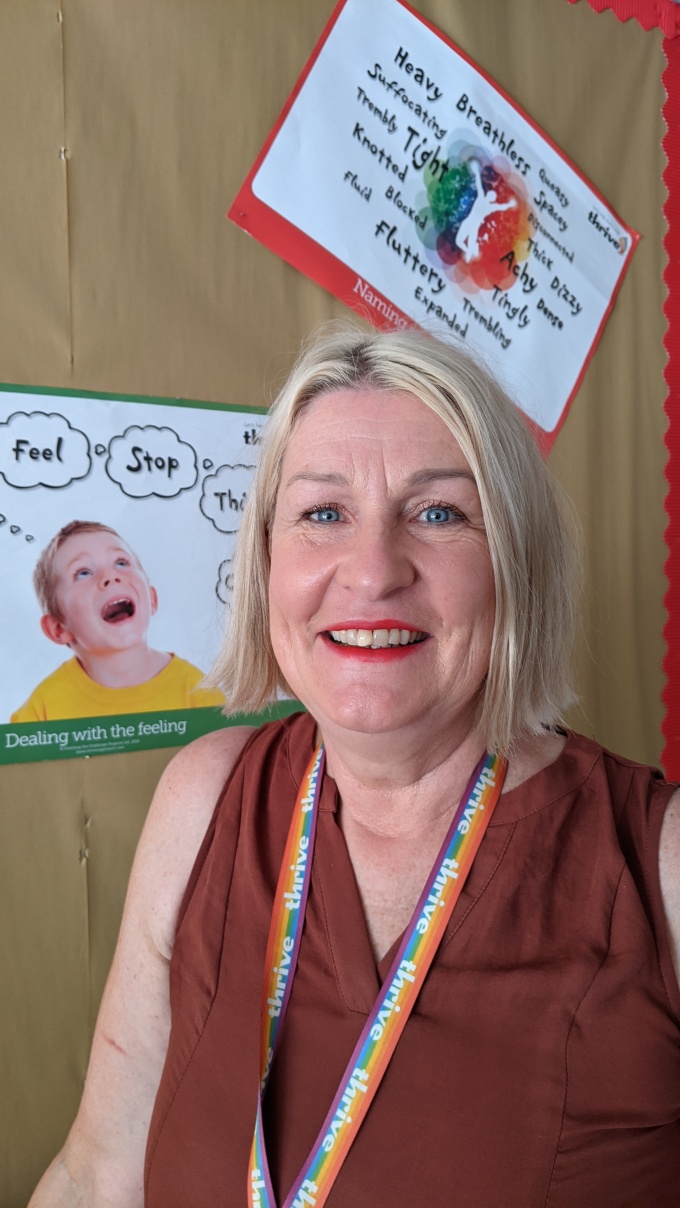In schools, the relationships you form with children and young people can be life-changing for them. How many of us remember a teacher who impacted on us so greatly that we still remember their name and crucially, how they made us feel?
These supportive relationships can encourage children and young people to build resilience - the ability to 'bounce back', overcome challenges and adapt to new circumstances. The Covid-19 pandemic has been an uncertain and stressful time for many of us, making connection with others and our relationships particularly important in helping us cope.
Many children and young people will have been away from school during the crisis and your relationships with them may have been in a time of rupture, a time of isolation and disconnection. However, it is how we repair that rupture and reconnect that will strengthen our relationships, build resilience, and prevent lockdown having a significant impact on social and emotional wellbeing.
For some, the Covid-19 pandemic will have challenged how safe they feel, how cared for they are and whether their basic needs can be met. When these needs are jeopardised, we can behave in unpredictable ways. We might be more irritable, less patient, unable to sleep or find ourselves eating more as our fight, flight or freeze response has been activated. In this state we are not available for relationship as our brain and body are more focused on survival and ensuring our needs are met.
By recognising this in children and young people, we can help them to feel calm and safe and support them until they can manage on their own.
The buffer to ongoing stress is found in relationships. When we are in relationship with someone, the 'hug hormone' oxytocin is released, which reduces levels of the stress hormone, cortisol.
While oxytocin is known as the 'hug' or 'cuddle' hormone, you don't have to make physical contact for it to be released. Making eye contact, smiling, nodding, turning towards a child to show interest in what they are sharing with you, are all ways of building connection and providing a boost of oxytocin. We can encourage interaction by being playful, warm and friendly and ensuring we actively listen and respond throughout.
The key thing to remember is that it is how you are with children and young people, rather than what you do with them that matters most.
So as students start to return to your setting, ensure you are there to greet them with a friendly smile, listen to the stories they have to tell you, share experiences and feelings, and communicate that you genuinely care about them and are glad to see them. These things may seem obvious or too simple to be effective, but the time invested in repairing the disconnection created by the pandemic will be time well spent, and the children and young people you work with will be calmer and happier as a result.
Over to you
Reduced anxiety and behavioural incidents. Calmer classrooms filled with engaged leaners. Improved relationships with parents and carers. These are just some of the outcomes reported by settings embedding Thrive’s whole-school approach to mental health and wellbeing. Are you ready to join them? Click here to get started.
Pass it on
Small actions can lead to a big ripple effect. If you enjoyed this post or found it helpful, please consider supporting us in our mission to help every child and young person feel safe, supported and ready to learn by sharing it using the social media buttons below.
Want to join a like-minded community of senior leaders and classroom staff benefitting from insights and strategies to improve attendance, behaviour and attainment? Add your email address below. (It’s easy to unsubscribe).




_680.jpg)


(1)_680.jpg)

